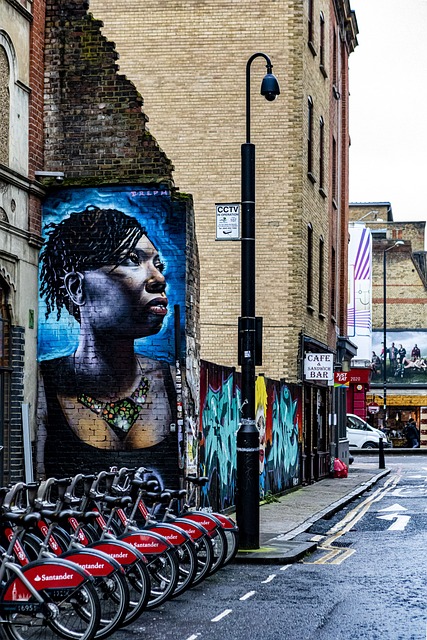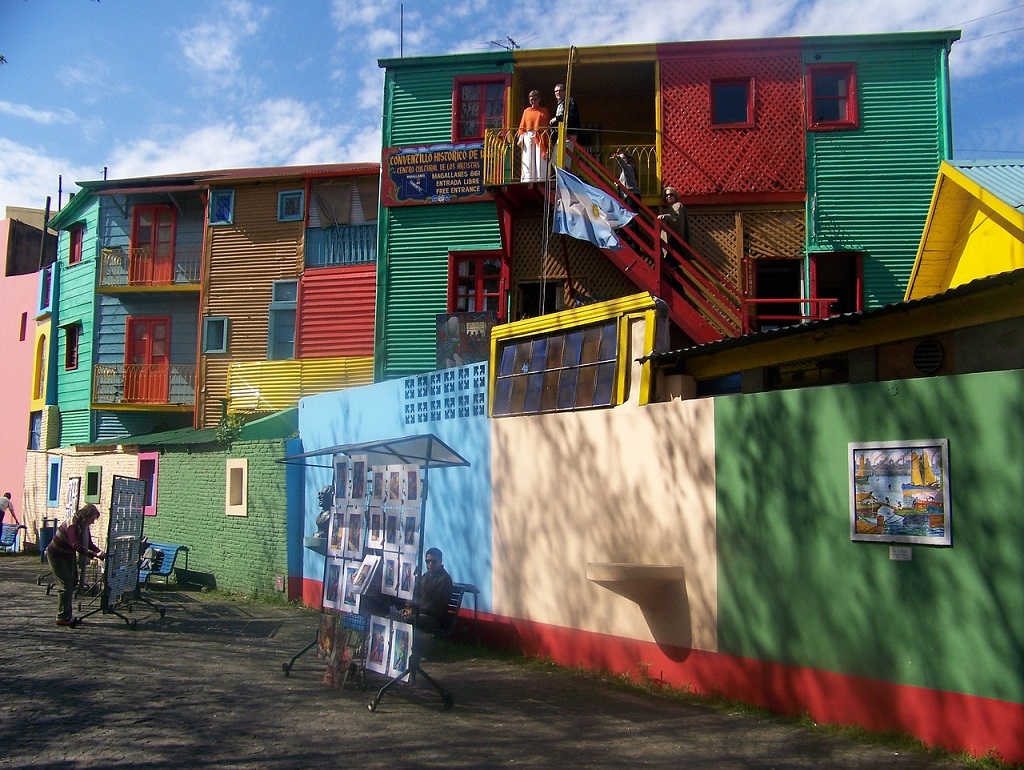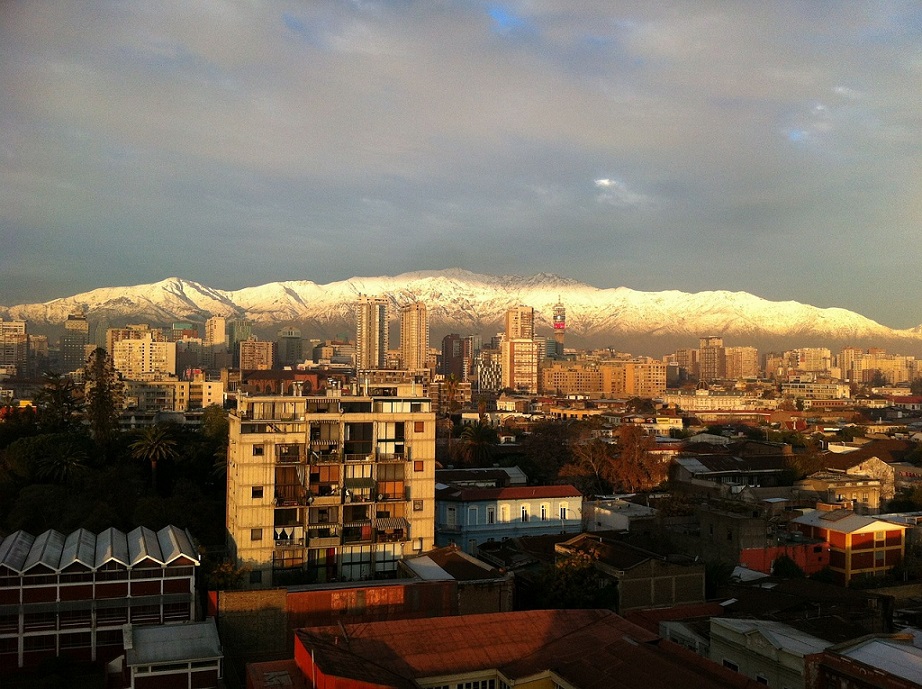Some neighbourhoods in our cities are labelled ‘void’, or ‘empty space’. They are treated as ‘nothing’.
 Steve Latham
Steve Latham
The journal ‘City’, which analyses urban trends, has used a Spanish word, to characterise these spaces as ‘nada’.
It isn’t that there is nothing there. There are derelict, unoccupied, blocks of high rise flats; social housing prepared for the bulldozers to arrive.
There are also wastelands, where grass and scrub grow; perhaps a tract where homeless people gather, living in makeshift shelters, or whiling away the time, drinking.
This land is considered to be ‘unproductive’. It is not being used. But in whose eyes is this true? Surely from the perspective of property developers.
The void is empty, because there is no profit-making enterprise currently making use of it. Therefore, it is marked as an empty space on the map of the metropolis.
There is nothing there. Nothing, which business considers valuable.
This nothing will only become something, when building commences, and produces buildings to produce an income for investors.
The plot has no value in itself; a classic example of Karl Marx’s distinction between use-value and exchange-value.
No matter how useful it may be to some people, it is not treated as such, until someone owns it and works it. In practice, this means until a capitalist enterprise takes possession.
 The Heygate Estate in London, near the Elephant and Castle area, for example, has been emptied of its tenants.
The Heygate Estate in London, near the Elephant and Castle area, for example, has been emptied of its tenants.
This is to pave the way for so-called regeneration. Therefore, it is considered a void; even it is not yet demolished.
However, the plans for new buildings are mostly for sale; promises about providing replacement social housing have been broken.
The issue of the void in the heart of the city is therefore a political question. For whom is the city to be remade? Who has the right to the city? The void then is a place of conflict, of struggle. Local inhabitants, supported by activists, must resist the wholesale reduction of their locales.
This is the tenet of the Right to the City campaigns. Regeneration is not a neutral activity, supposedly for the benefit of the city as a whole.
 Regeneration policies are always in the interest of somebody, usually the rich.
Regeneration policies are always in the interest of somebody, usually the rich.
Most of the regeneration recently in London has replaced social housing with private accommodation.
I was guided round one project, when the guide described how the requirement for a proportion of social housing has d been avoided by ‘skullduggery’.
But victories can be won. At one public meeting, tenants erupted in fury, protesting plans to reposition a waste recycling unit nearer to a Council Estate away from luxury flats. The be-suited developers, expecting a walk-over, were stunned by the people’s anger – and fruity language. But such victories are usually small and temporary. London’s regeneration takes place in the context of a global economy.
Only a combination of local activism and national policies can reverse the segregation of London into an inner zone for the wealthy and an outer for the poor.
(Photos: Pixabay)












.jpg)












